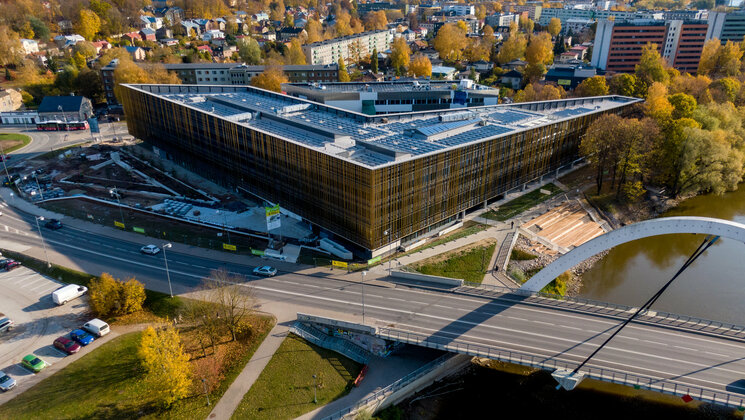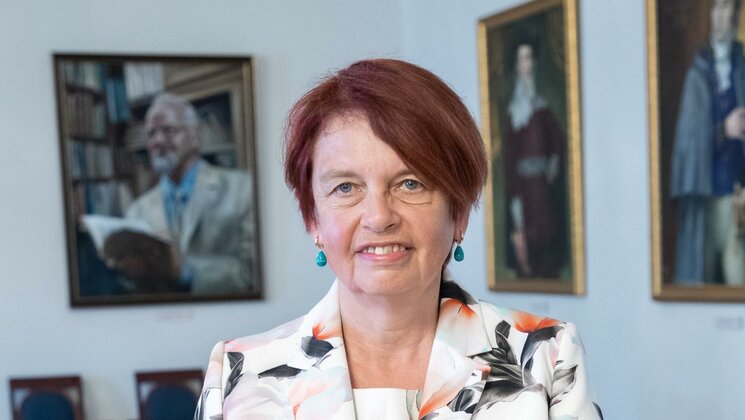-
Faculty of Arts and HumanitiesJakobi 2, r 116-121 51005 Tartu linn, Tartu linn, Tartumaa ESTJakobi 2 51005 Tartu linn, Tartu linn, Tartumaa ESTJakobi 2, IV korrus 51005 Tartu linn, Tartu linn, Tartumaa ESTJakobi 2, III korrus, ruumid 302-337 51005 Tartu linn, Tartu linn, Tartumaa ESTÜlikooli 16 51003 Tartu linn, Tartu linn, Tartumaa ESTLossi 3 51003 Tartu linn, Tartu linn, Tartumaa ESTÜlikooli 18 50090 Tartu linn, Tartu linn, Tartumaa ESTPosti 1 71004 Viljandi linn, Viljandimaa ESTJakobi 2 51005 Tartu linn, Tartu linn, Tartumaa ESTJakobi 2 51005 Tartu linn, Tartu linn, Tartumaa ESTFaculty of Social SciencesLossi 36 51003 Tartu linn, Tartu linn, Tartumaa ESTJakobi 5 51005 Tartu linn, Tartu linn, Tartumaa ESTLossi 36, ruum 301 51003 Tartu linn, Tartu linn, Tartumaa ESTNarva mnt 18 51009 Tartu linn, Tartu linn, Tartumaa ESTNäituse 2 50409 Tartu linn, Tartu linn, Tartumaa ESTNäituse 20 - 324 50409 Tartu linn, Tartu linn, Tartumaa ESTLossi 36 51003 Tartu linn, Tartu linn, Tartumaa ESTRaekoja plats 2 20307 Narva linn, Ida-Virumaa ESTRingi 35 80012 Pärnu linn, Pärnu linn, Pärnumaa ESTLossi 36 51003 Tartu linn, Tartu linn, Tartumaa ESTLossi 36 51003 Tartu linn, Tartu linn, Tartumaa ESTFaculty of MedicineRavila 19 50411 Tartu linn, Tartu linn, Tartumaa ESTBiomeedikum, Ravila 19 50411 Tartu linn, Tartu linn, Tartumaa ESTNooruse 1 50411 Tartu linn, Tartu linn, Tartumaa ESTL. Puusepa 1a 50406 Tartu linn, Tartu linn, Tartumaa ESTL. Puusepa 8 50406 Tartu linn, Tartu linn, Tartumaa ESTRavila 19 50411 Tartu linn, Tartu linn, Tartumaa ESTUjula 4 51008 Tartu linn, Tartu linn, Tartumaa ESTRavila 50411 Tartu linn, Tartu linn, Tartumaa ESTRavila 19 50411 Tartu linn, Tartu linn, Tartumaa ESTFaculty of Science and TechnologyVanemuise 46 - 208 51003 Tartu linn, Tartu linn, Tartumaa ESTNarva mnt 18 51009 Tartu linn, Tartu linn, Tartumaa ESTRiia 23b/2 51010 Tartu linn, Tartu linn, Tartumaa ESTRavila 14a 50411 Tartu linn, Tartu linn, Tartumaa ESTNarva mnt 18 51009 Tartu linn, Tartu linn, Tartumaa ESTRiia 23, 23b - 134 51010 Tartu linn, Tartu linn, Tartumaa ESTObservatooriumi 1 61602 Tõravere alevik, Nõo vald, Tartumaa ESTNooruse 1 50411 Tartu linn, Tartu linn, Tartumaa ESTJ. Liivi tn 2 50409 Tartu linn, Tartu linn, Tartumaa ESTVanemuise 46 51003 Tartu linn, Tartu linn, Tartumaa ESTVanemuise 46 51003 Tartu linn, Tartu linn, Tartumaa ESTArea of Academic SecretaryLossi 3 51003 Tartu linn, Tartu linn, Tartumaa ESTUppsala 6, Lossi 36 51003 Tartu linn, Tartu linn, Tartumaa ESTArea of Head of FinanceÜlikooli 17 51005 Tartu linn, Tartu linn, Tartumaa ESTArea of Director of AdministrationÜlikooli 18A (III korrus) 51005 Tartu linn, Tartu linn, Tartumaa ESTÜlikooli 18, ruumid 102, 104, 209, 210 50090 Tartu linn, Tartu linn, Tartumaa ESTArea of Vice Rector for ResearchW. Struve 1 50091 Tartu linn, Tartu linn, Tartumaa ESTArea of Vice Rector for DevelopmentNarva mnt 18 51009 Tartu linn, Tartu linn, Tartumaa ESTVanemuise 46 51003 Tartu linn, Tartu linn, Tartumaa ESTLossi 25 51003 Tartu linn, Tartu linn, Tartumaa ESTArea of RectorArea of Vice Rector for Academic AffairsUppsala 10 51003 Tartu linn, Tartu linn, Tartumaa ESTÜlikooli 18b 51005 Tartu linn, Tartu linn, Tartumaa EST
UT ART MUSEUM PRESENTED CATALOGUE OF UNIVERSITY ART COLLECTION HELD AT VORONEZH, RUSSIA
[[{"type":"media","view_mode":"media_large","fid":"41898","attributes":{"alt":"","title":"","class":"media-image","typeof":"foaf:Image","wysiwyg":1}}]]The catalogue tells the story of the University of Tartu art collection that was taken to Voronezh, Russia during World War I.
The catalogue lists a total of 508 items of Egyptian antiquities, ancient ceramics and sculptures and XV-XIX century European paintings. It is published as a trilingual edition in Estonian, Russian and English. It is the first reference book to present to the public a wealth of so far unpublished works of art which provide an overview of UT’s valuable collection held at the I. Kramskoy Art Museum of the Voronezh Region of the Russian Federation.
The presentation ceremony included addresses by Professor Jaak Aaviksoo, UT Rector; Dr Raivo Palmaru, Estonian Minister for Culture; Ms Laine Jänes, Mayor of Tartu and Mr Ivan Obrastsov, Head of the Department of Culture of the Voronezh Region.
The book was designed by Tiina Viirelaid and published by “Ilmamaa” publishers. Publication was funded by the Cultural Endowment of Estonia, the Estonian Ministry for Culture, the Russian Federal Ministry of Culture and the University of Tartu.
UT art collections were taken to Voronezh, Russia during World War I when, faced with nearing frontlines, the University was forced to transfer its collections to the Russian heartland. Although the 1920 Tartu Peace Treaty concluded between Estonia and Russia specifically provided for the return of the University’s property, in reality only the Graphic Sheets part of the UT art collection found its way back to Tartu. The matter of returning the remaining bulk of the collection was brought up again in 1988, when the Council of Ministers of the Estonian SSR addressed a respective request to the Council of Ministers of the Russian Federal Republic. A joint intergovernmental commission was set up and a series of various agreements and cooperation protocols regarding restitution of objects of cultural value unlawfully transferred to the territory of the other State party were signed between Estonia and Russia in the beginning of the 1990s, yet UT collection still remains in Voronezh.
”The newly completed catalogue is not a substitute for the real collection and will not lay to rest the subject of its restitution to the rightful owner,” UT Art Museum Director and the catalogue’s editor Ms Inge Kukk said. “The catalogue book is first and foremost a work of reference that for the first time shows by way of photographs and descriptions the art collection that had been built up at the University of Tartu and testifies to the important role that was played in building up this collection by donations from the local nobility, University professors and renowned UT scientists”.
The authors intend to continue their work and publish a second catalogue itemising the UT collection of 6000 coins and medals also held at Voronezh.
Additional information: Ms Inge Kukk, Director of UT Art Museum, tel. +372 737 5385, +372 520 9484
Liina Jürgen
Senior Specialist for Public Relations,
UT Public Relations and Information Unit
Read more similar news






